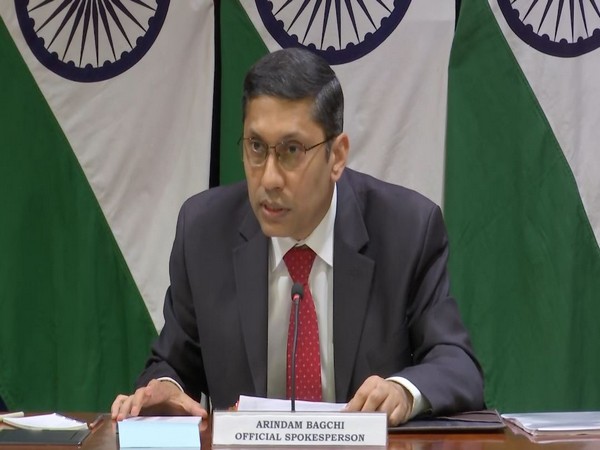On last Friday, Azerbaijan’s border service has taken control of four villages in the Gazakh district on the border with Armenia. Hailed as a ‘milestone’ on the road to peace between the rivals, who have fought two wars since the collapse of the Soviet Union, the move has its roots in an agreement struck with Yerevan in April this year. Armenia had said then that it would return the uninhabited villages to Azerbaijan.
Rivals turning to peace deal?
In September last year, Azerbaijan’s retaking by force of the entire Nagorno-Karabakh region, paved the way for an elusive deal by removing a long-running source of disagreement from the table. At that time, virtually the entire population of 100,000 people fled to Armenia within a few days. Azerbaijan had been demanding the return of the villages as a condition for a peace deal after more than three decades of conflict.
Armenian Prime Minister Nikol Pashinyan described the deal as a “very important milestone for further strengthening Armenia’s sovereignty and independence”. However, the decision by Armenian PM to hand over the four villages has triggered protests at home, with demonstrators calling for him to step down over what they cast as a ‘betrayal’.
What are the territories returned to Azerbaijan?
Yerevan and Baku redrew 12.7km (8 miles) of borderland, reflecting the return of the four uninhabited villages that were seized in the 1990s by Armenia. The territories include villages of (which Azeris know as) Baghanis, Voskepar, Kirants and Berkaber. Azerbaijani Deputy Prime Minister Shahin Mustafayev said, “The size of the territory returned to Azerbaijan under a border delimitation agreement on Friday was 6.5 square kilometres (2.5 square miles)”.
The settlements are considered strategically important since they are located close to Armenia’s main highway north towards the border with Georgia.
While the villages are deserted, much of Armenia’s trade travels on this road, goes through this region to the pipeline through which it receives gas from Russia. Pashinyan in an address to the nation late on last Friday, described at length how Armenians had long sought a homeland within a specific geographic area and how demarcating national borders was part of that process.
By: Surabhi Somvanshi



















